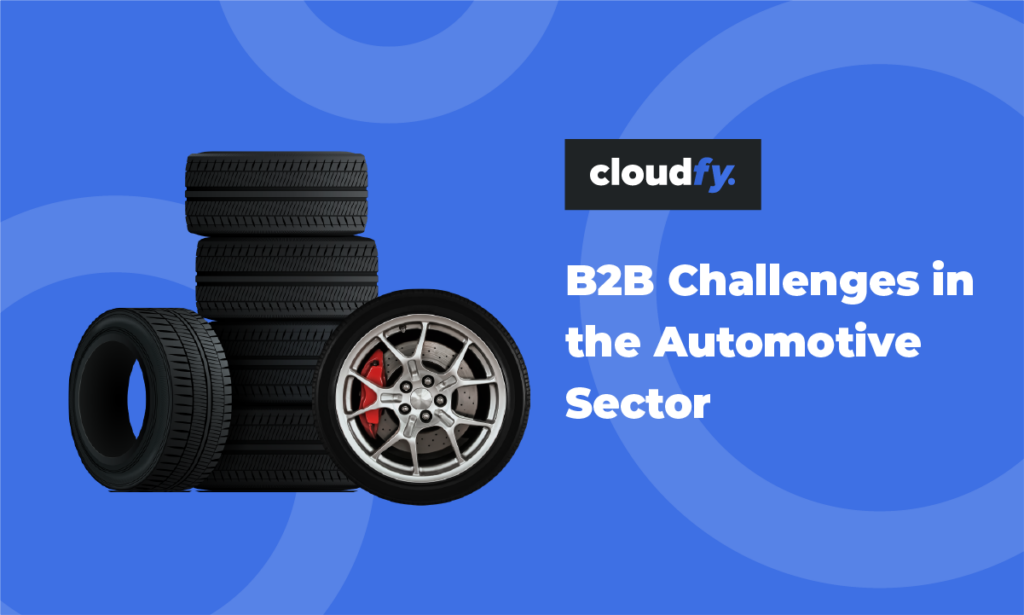Google’s accelerated mobile pages (AMP) project started in 2015. It’s an open-source standard that was originally designed to support fast loading times on mobile devices for publishers and news channels.
It quickly became the standard for that sector and in February 2016 Google integrated AMP listings into mobile search results. When AMP enabled content appears in mobile Google searches it is shown in a carousel near the top of the page, as well as amongst other search results.
Organizations that have tested standard and AMP pages together have seen a clear preference for the super-fast pages and an increase in mobile traffic of up to 27%.
Will AMPlified pages make a difference for ecommerce?
Speed makes a difference and the average load time on a mobile device for an AMP page is just 0.7 seconds. For every extra second it takes for a web page to load, the conversion rate will go down by an average of 12%. Customers are unlikely to wait more than three seconds before they abandon a page and look somewhere else.
eBay was one of the first big players to respond and has been working with Google to develop AMP for ecommerce. So far, over 8 million eBay pages have been converted with the intention of creating what it calls ‘lean and accessible’ pages. In August this year, Google chose to implement AMP ecommerce features like product and category pages to the offer.
Portero, an online retail marketplace for pre-loved luxury goods, was an early adopter of AMP pages for business to consumer (B2C) ecommerce. Half of their web traffic is from smartphones and almost all of that mobile traffic comes from Google searches. Since introducing AMP pages, they have seen a boost to their mobile conversion rate and an almost 30% decrease in their bounce rate.
What about AMP for B2B ecommerce?
We know that more and more business to business (B2B) buyers are Millennials who have grown up using the internet and mobile phones. These modern B2B marketers’ expectations of online B2B buying are influenced by their retail experiences. They are also using their mobile devices for their professional research and purchases.
Top of their list is speed, followed by ease of use. As more buyers start to recognize the lightning bolt tag alongside search results, click-through rates are likely to increase to benefit from the faster loading speed.
For B2B ecommerce companies that rely on product descriptions, images, reviews, and navigation, AMP can immediately deliver fast page speeds for home pages or product category pages. However, functionality is likely to be compromised as many ecommerce components aren’t yet available for AMP pages. The additional overheads of designing extra AMP pages could also be a consideration.
Limitations
The aim of the AMP project is to change the mobile experience, using stripped-back coding to provide quicker load speeds and faster transitions between pages. The trade-off is that AMP pages are less adaptable or customizable.
To complete ecommerce transactions, customers will need to make a seamless transition to your mobile site, so fast response times and quality experiences for mobile users will to remain a priority on your non-AMP site.
In the future
While AMP pages don’t currently affect search rankings, this might become a factor in mobile first indexing. Pay per click (PPC) might also become an option for AMP pages. Some large retailers are partnering with Google to test features such as smart buttons and advanced tracking. At some point, a full AMP Ecommerce website might become an option, including all checkout and transaction pages.
Talk to us about opportunities to AMPlify your B2B ecommerce performance.






